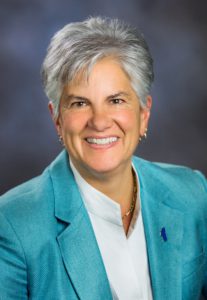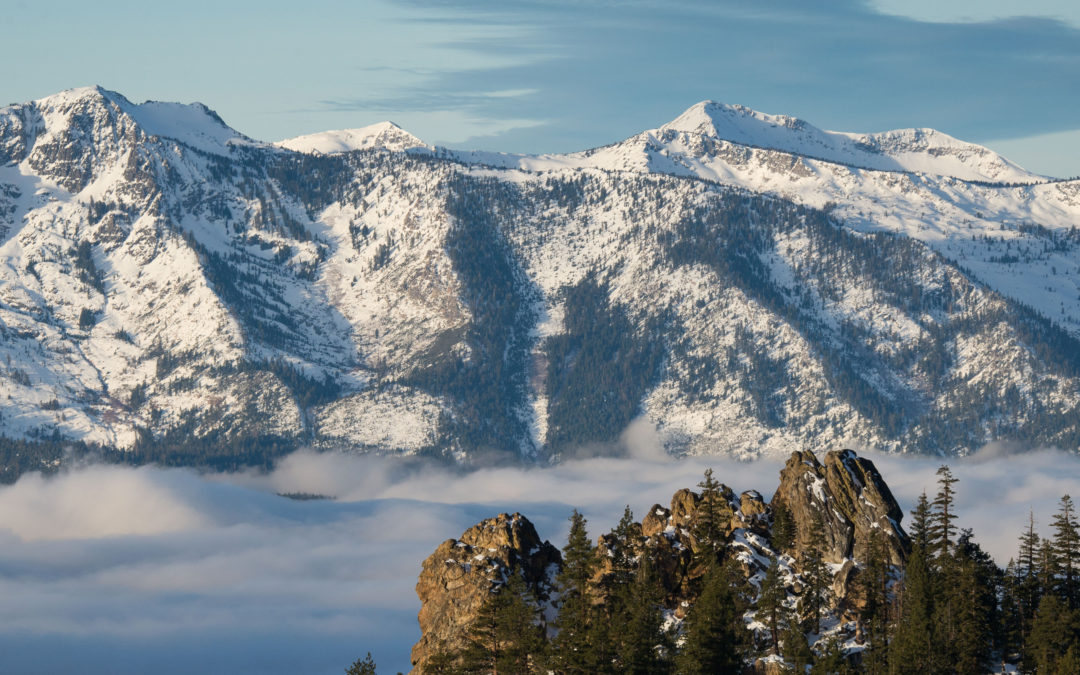By Joanne S. Marchetta
Remembering back to this time last year, many of us looked optimistically toward 2021 for relief. Few would have guessed what would be in store. Even fewer can predict what’s in store for us next year or the year after. If 2021 proved anything, it is that unpredictable adversities lie around every corner. When challenges come at us in numbers, to borrow a phrase from military strategy, the center must hold.
Core values and shared goals not only protect us from unknowable crises, they keep us moving forward together. For the Tahoe Regional Planning Agency (TRPA), the center is the safety and sustainability of the lake and our communities. This year, amidst the life-threatening COVID-19 pandemic, a climate-driven megafire crossed the threshold of the Tahoe Basin causing a full community evacuation. Add to these unprecedented events, an affordable housing crisis hurt workers and businesses alike, and for another year invasive weeds strengthened their foothold in the Tahoe Keys lagoons and now the Lake. Despite these crises, the center has held. On all fronts, strong regional partnerships spared us from disaster and maintained forward momentum on shared goals for Lake Tahoe.
The region’s sustainability relies in part on access to affordable housing for residents of all income levels. Earlier this year, the TRPA Governing Board approved the largest affordable housing project in the Tahoe Basin – Sugar Pine Village in South Lake Tahoe. The board also approved a sweeping amendment that allows up to two accessory dwelling units, like granny flats or small apartments, on any size parcel on the California side of the basin. The updated rule includes money-saving incentives for accessory dwellings that are close to town centers and transit, as long as they are restricted to affordable rates. These incentives are also available to properties over an acre in size on the Nevada side.
A housing working group is expected to bring recommendations to the board next year to make housing proposals even more feasible. Broad support for these changes and for workforce housing solutions will be needed to ensure there is equitable access to affordable housing in our communities.
Our fight to control aquatic invasive weeds is reaching a critical juncture that will test us as well. Following a years-long scientific analysis of control methods for the massive infestation of aquatic invasive weeds in the lagoons of the Tahoe Keys, a draft environmental document and permit came forward this year that is expected to be considered by the TRPA and Lahontan Regional Water Quality Control boards in the coming months. To protect native species and maintain Tahoe’s world-renowned water quality and recreation opportunities, the time is now to move ahead with a safe test of multiple control methods in the Keys.
Front and center in Lake Tahoe’s challenges this year has been the climate resilience of our forests. As the nation’s attention begins to fade from the Caldor Fire, Lake Tahoe partners are picking up the pieces, studying what worked and what didn’t, and taking the actions necessary to prepare for the next fire. At the center of our work to manage the threat of wildfire are strong partnerships, scaling up forest health and fuel reduction projects, encouraging homeowner defensible space, and ensuring adequate funding is available to do the work.
Moving forward on these goals, this year TRPA used new research on the use of mechanized equipment on steeper slopes to draft a policy update that could greatly expand the basin’s capacity for large-scale projects like the 59,000-acre Lake Tahoe West forest resilience project. And with support from Tahoe’s legislative leaders and Tahoe Fire and Fuels Team partners, we were able to help secure more than $90 million in new state and federal funding for Tahoe’s future forest health work. The source of these incredible results is the unwavering commitment of basin partners to work together to make our communities safer and our environment more resilient.
When the center holds, moment-to-moment threats and challenges cannot erode Tahoe’s partnerships or the sustainable future of Lake Tahoe. From COVID to Caldor, the center has held. I hope that you can look back over this year not at what jeopardized Lake Tahoe and our communities, but what helped move us forward regardless of obstacles and challenges. Here’s to a healthy and happy holiday season for us all.
–Joanne S. Marchetta is the Executive Director of the Tahoe Regional Planning Agency

